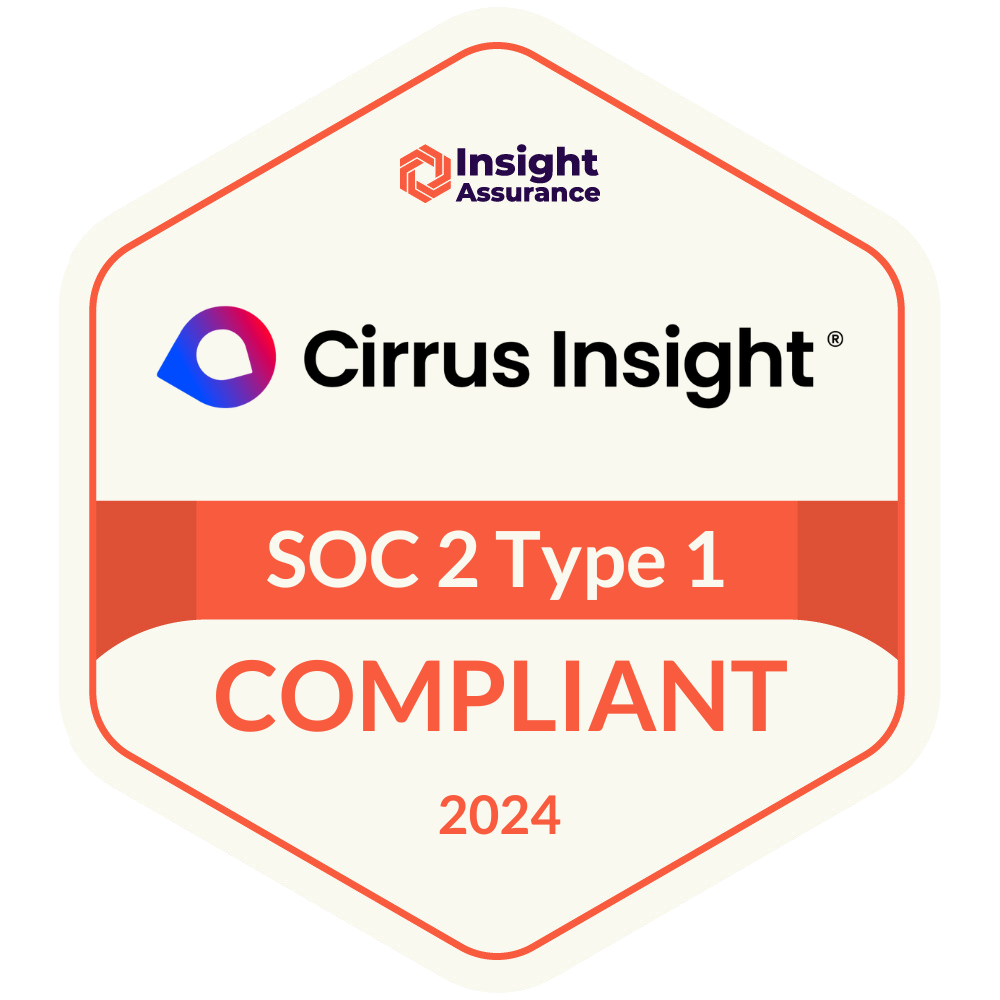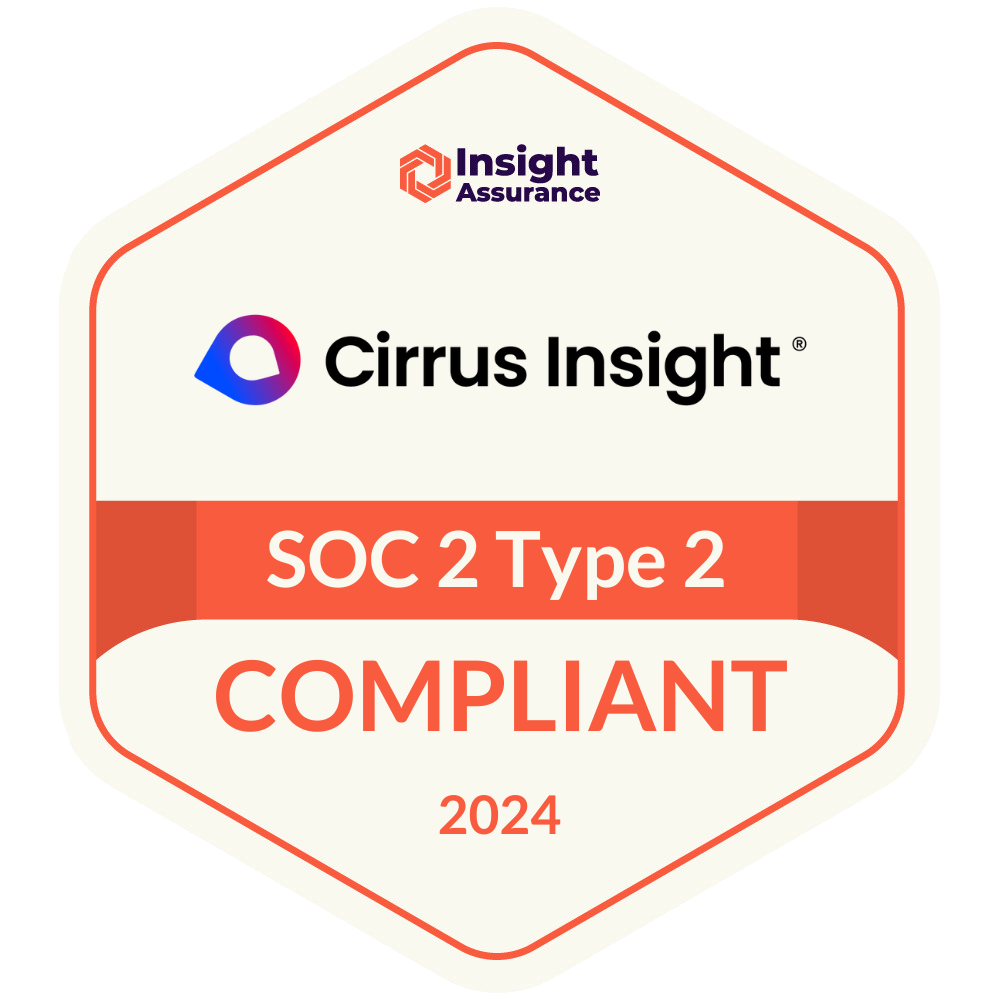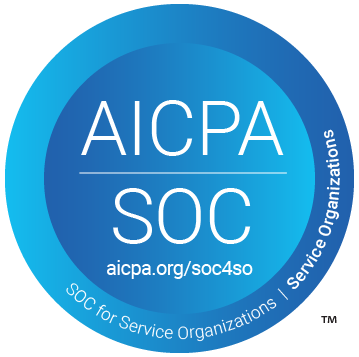- Solutions
-
Products
-
Resources
Sales Automation Tools | Cirrus Insight by Kristi Campbell View all Blog Posts >Get the App, Get the Sidebar, & Get Your Trial Going HereUnleash limitless growth opportunities by partnering with Cirrus Insight.
- Pricing
Admins | Cirrus Insight Bi-Directional Calendar Sync Duplicate Detection
Cirrus Insight's Bi-Directional Calendar Sync service is designed to seamlessly integrate your Gsuite, O365, and Exchange On-Prem Calendars with Salesforce Calendars. One of its key features is duplicate detection and management, which can sometimes be a source of confusion for our users. In this knowledge-base article, we'll explain how our duplicate detection logic works and provide considerations for a smooth deployment.
Table of Contents:
-
How Duplicate Detection Works
a. Matching Criteria
b. Linking vs. Re-Syncing - Considerations Before Deploying
a. Matching Criteria Considerations
b. Data Cleanup
c. Communication - Frequently Asked Questions (FAQs)
How Duplicate Detection Works
Matching Criteria:
Cirrus Insight's Calendar Sync service uses specific criteria to determine whether two calendar entries should be considered as the same event. These criteria include:
-
Subject Line
-
Meeting Start Date and Time
-
Meeting End Date and Time
Linking vs. Re-Syncing:
-
If our system finds existing calendar entries in both your email/calendar system and Salesforce that match all three criteria, it will link these entries together. Linking means that they are recognized as the same event, and changes in one will reflect in the other without creating duplicates.
-
If there isn't a strong match based on the criteria, our sync service may re-sync these entries, potentially creating duplicate event records in Salesforce and/or your Mail Calendar.
Considerations Before Deploying
Matching Criteria Considerations:
-
Review your calendar entry naming conventions: Ensure that subject lines are consistent between your email/calendar system and Salesforce. Minor variations may result in duplicate entries.
-
Check your meeting scheduling practices: Consistency in meeting start and end times can prevent unnecessary duplication.
Data Cleanup:
-
Conduct a thorough review of your existing calendar entries in both systems. Remove duplicates and inconsistencies to minimize issues during synchronization.
-
Archive or delete redundant calendar entries to keep your Salesforce Calendar organized.
Communication:
-
Educate your team about how Cirrus Insight's Calendar Sync works and the importance of maintaining consistent subject lines and meeting times.
-
Set expectations: Make sure your team understands that some entries may be re-synced initially, but they will be linked after a successful match.
Frequently Asked Questions (FAQs)
Q1: What happens if I change the subject line of a calendar entry I filed via the Cirrus Insight Sidebar?
-
The impact of changing the subject line of a calendar entry depends on the timing of the change in relation to Cirrus Insight's automatic Calendar Sync (CalSync) process.
-
Before Syncing: If you change the subject line of a manually filed Salesforce (SF) event or a mail calendar event before the CalSync has linked the two corresponding events, it's likely that the CalSync service will treat this modified event as a new entry. This can result in the creation of a duplicate event.
-
After Syncing: However, if you change the subject line after the CalSync has already linked the Salesforce event with its mail calendar counterpart, the CalSync service should update both the linked events with the new subject line. In this scenario, there's no risk of creating a duplicate event.
It's important to note that the key factor is whether the change occurs before or after the CalSync service has had a chance to link the corresponding events. To avoid duplication, it's recommended to make any necessary changes to the subject line after the events have been linked by the CalSync service.
-
Q2: Can I manually link or unlink calendar entries?
- Once a link has been automatically established between a SFDC and Mail Calendar event, it can not be removed. You can, however, manually “file” Mail Calendar events into Salesforce via the Sidebar application.
Q3: How often does the Calendar Sync service check for duplicates?
- The sync service runs at regular intervals. You can configure the sync frequency in your settings.
By following these guidelines and understanding how Cirrus Insight's Calendar Sync handles duplicates, you can ensure a smoother experience when migrating from third-party calendar sync services or setting up the Bi-Directional Calendar Sync for the first time. If you have any further questions or need assistance, don't hesitate to reach out to our support team.





